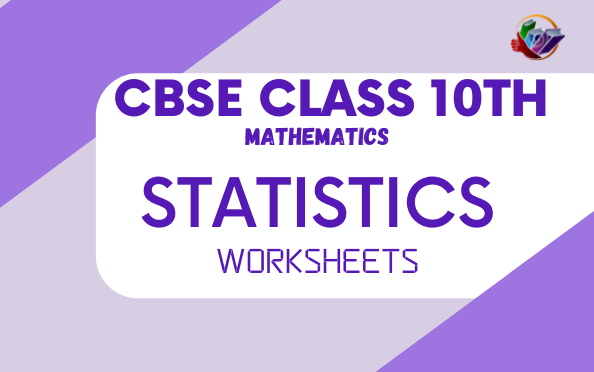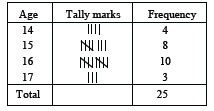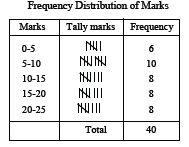Read and download free pdf of CBSE Class 10 Mathematics Statistics Worksheet Set A. Students and teachers of Class 10 Statistics can get free printable Worksheets for Class 10 Statistics in PDF format prepared as per the latest syllabus and examination pattern in your schools. Standard 10 students should practice questions and answers given here for Statistics in Grade 10 which will help them to improve your knowledge of all important chapters and its topics. Students should also download free pdf of Class 10 Statistics Worksheets prepared as per the latest NCERT, CBSE, KVS books and syllabus issued this academic year and solve important problems provided here with solutions on daily basis to get more score in school exams and tests

Statistics Worksheet for Class 10
Class 10 Statistics students should refer to the following printable worksheet in Pdf in standard 10. This test paper with questions and answers for Grade 10 Statistics will be very useful for exams and help you to score good marks
Class 10 Statistics Worksheet Pdf
Statistics
Sol. Frequency distribution of ages of 25 students

Students must free download and practice these worksheets to gain more marks in exams. CBSE Class 10 Mathematics Statistics Worksheet Set A




